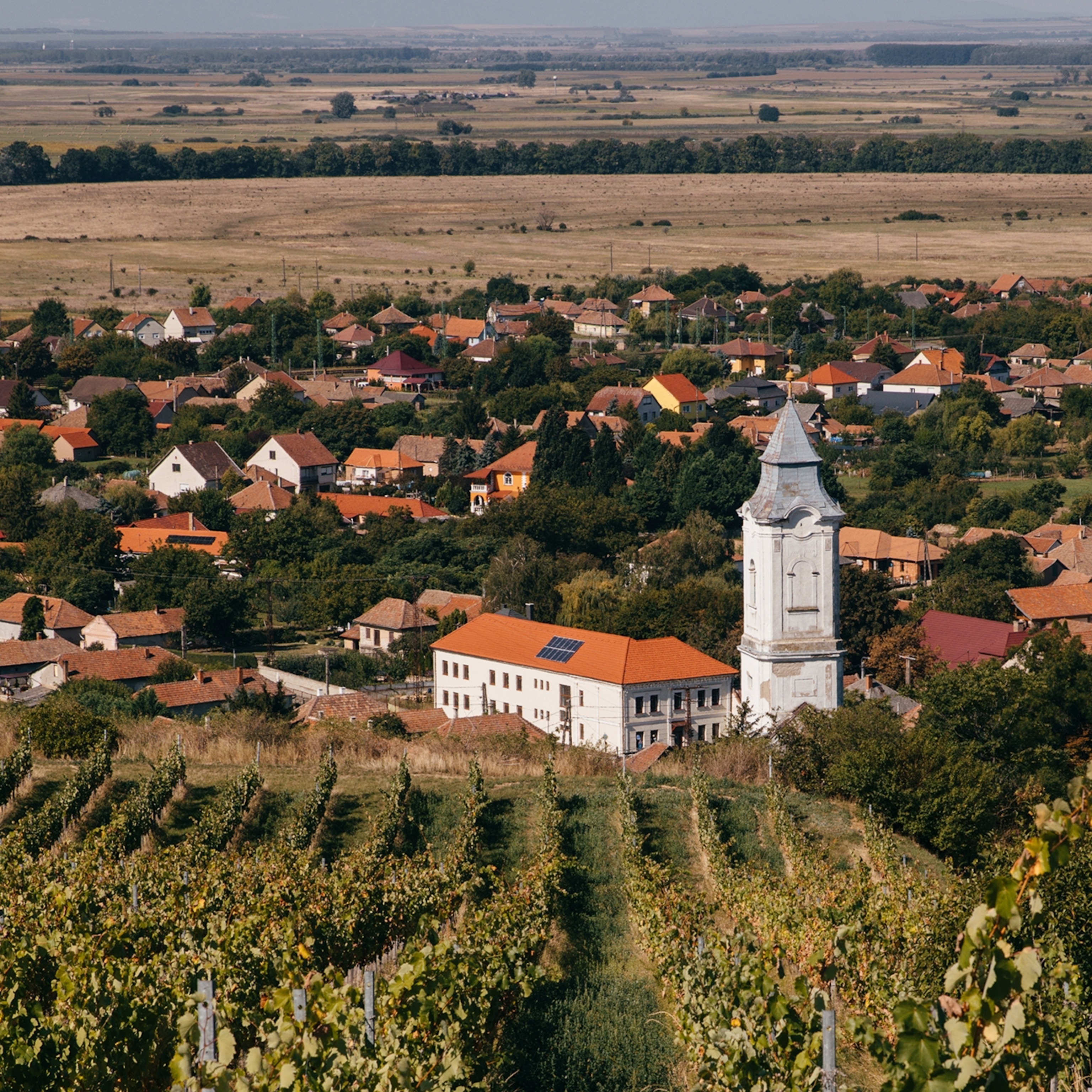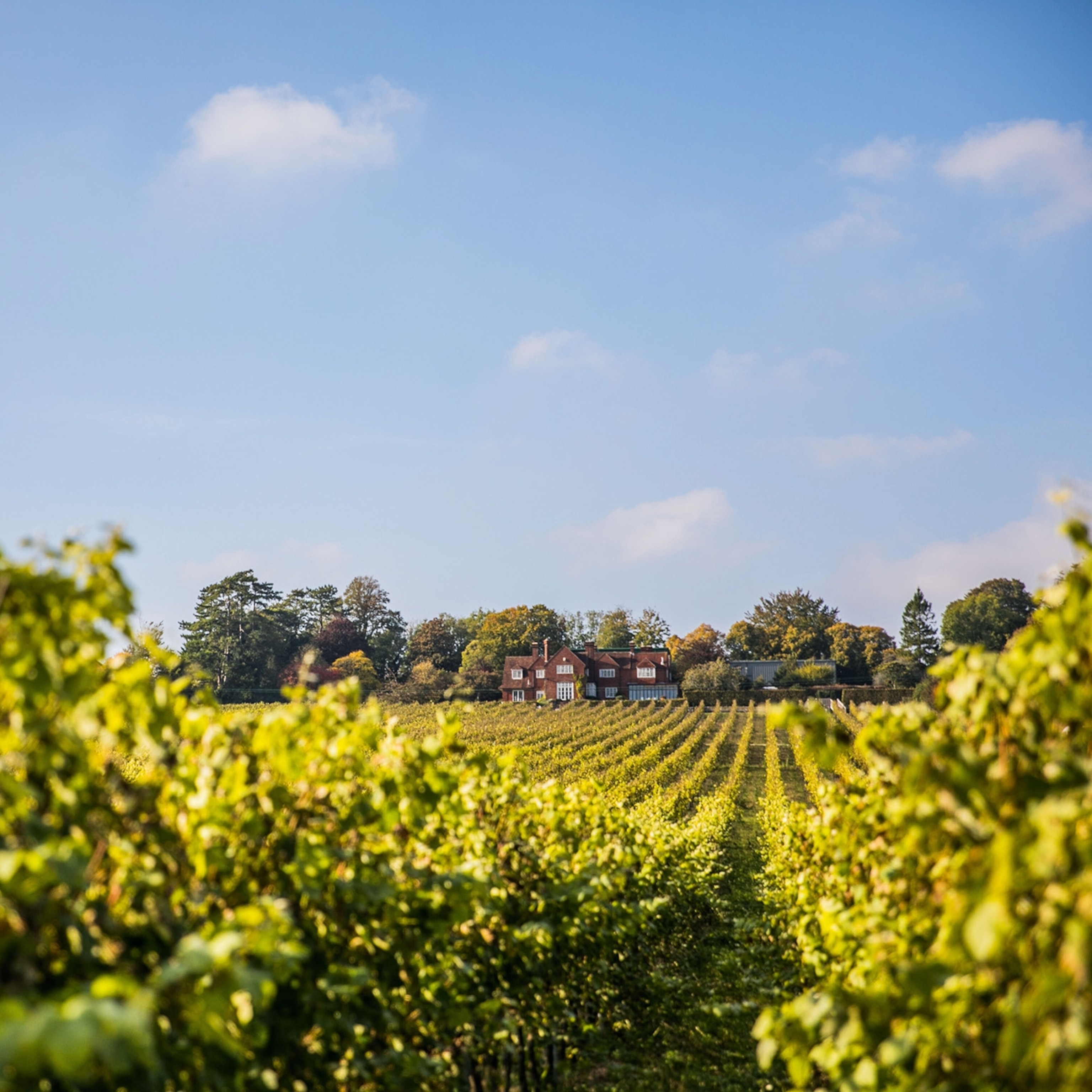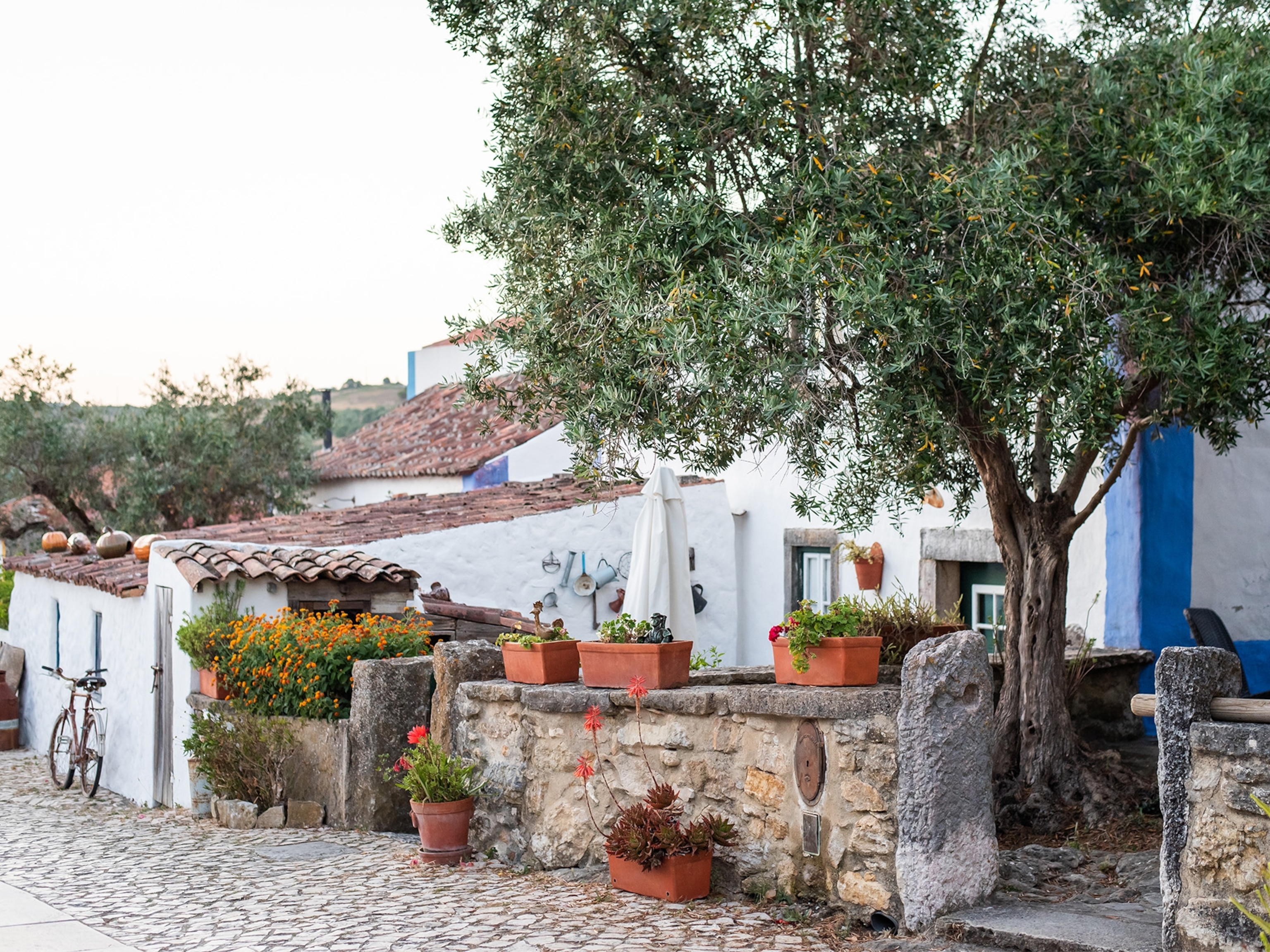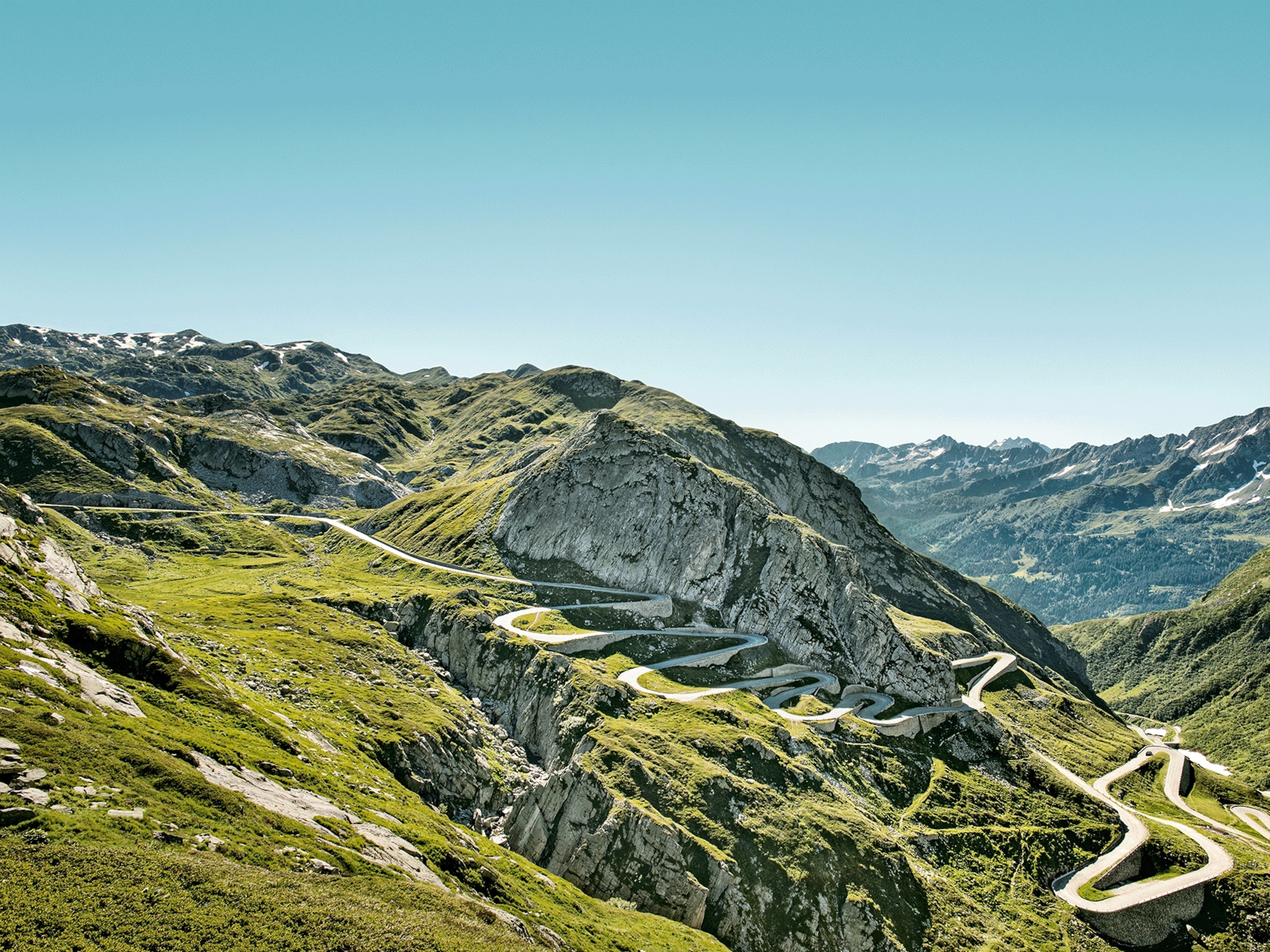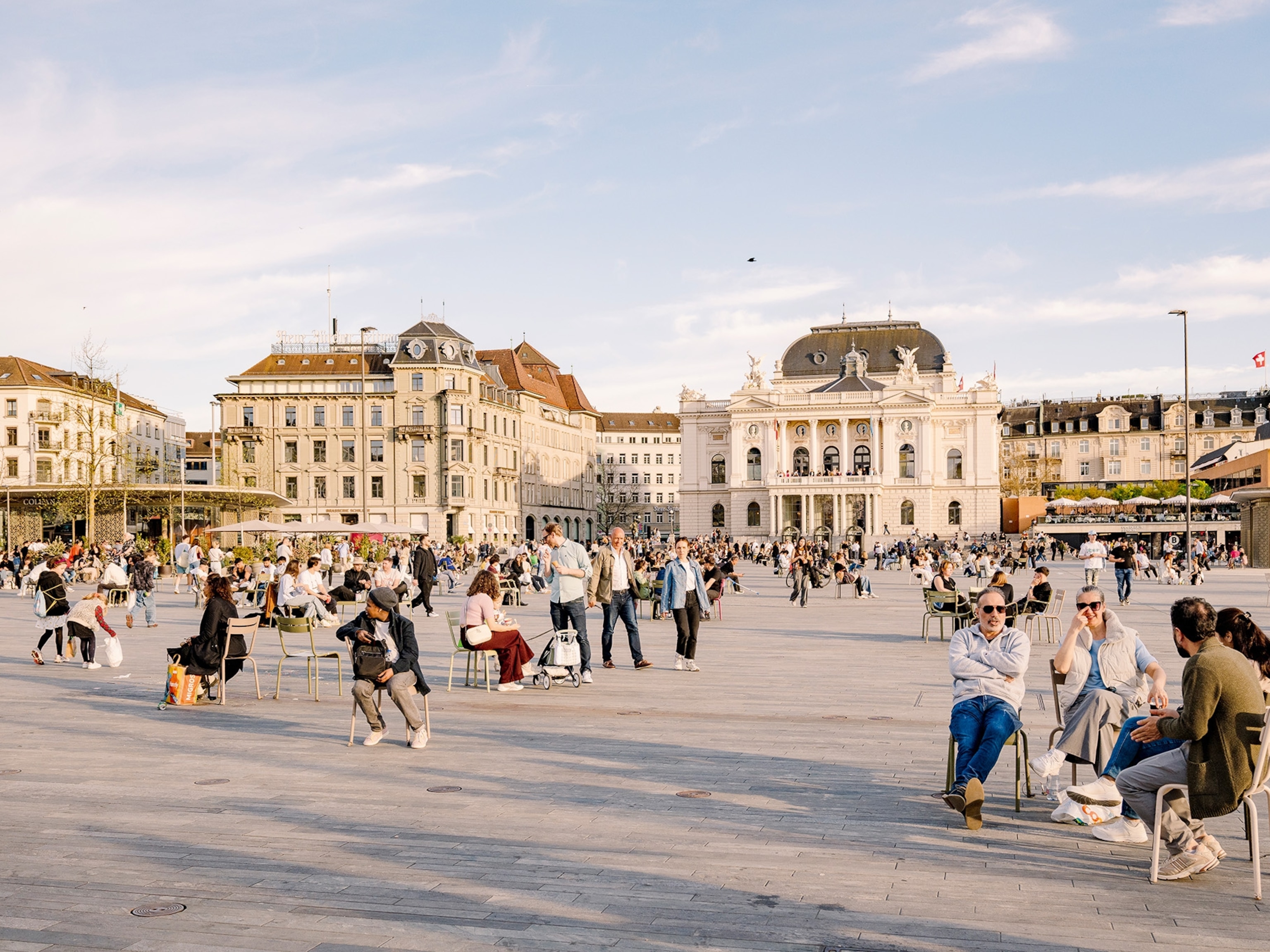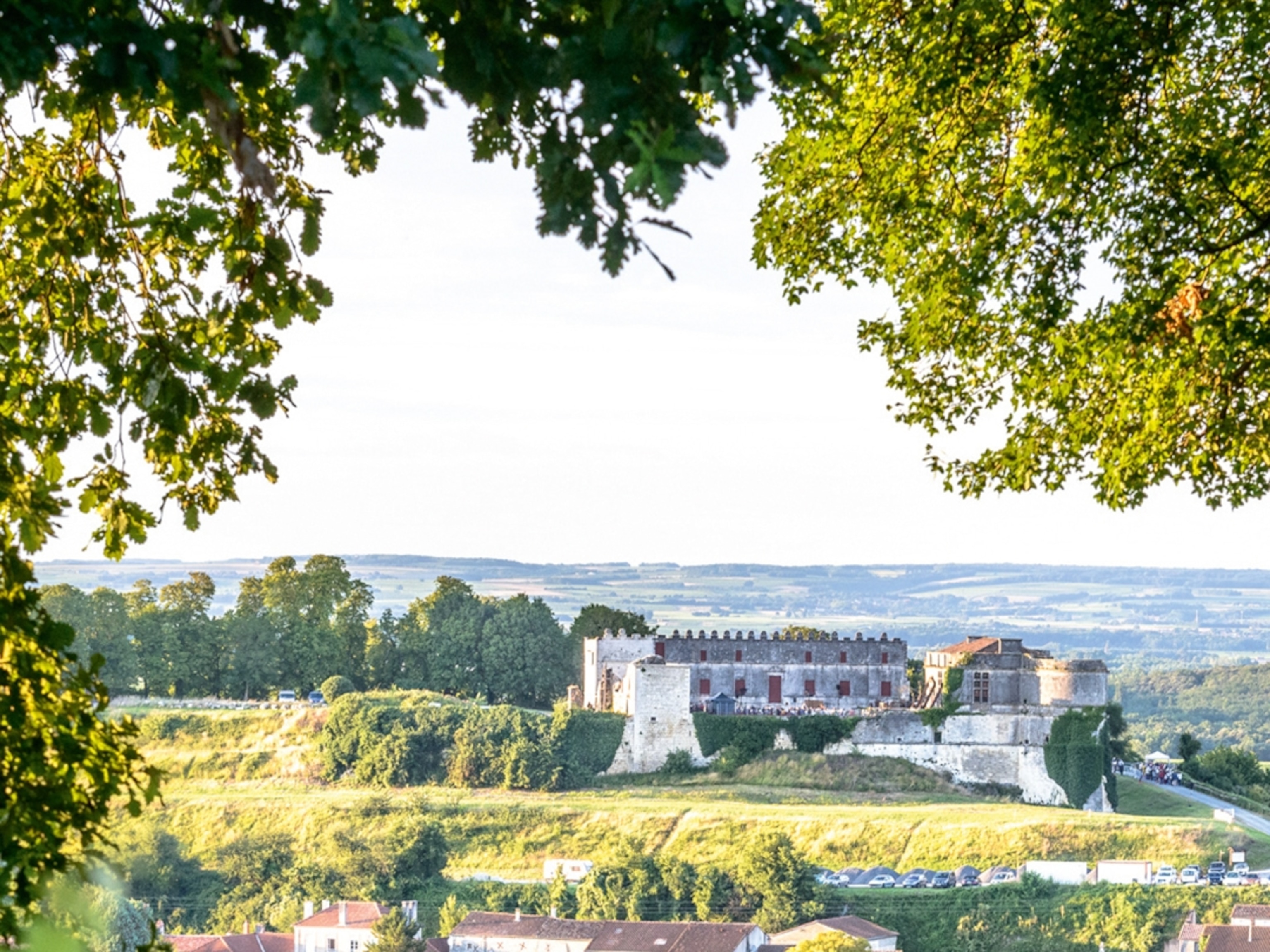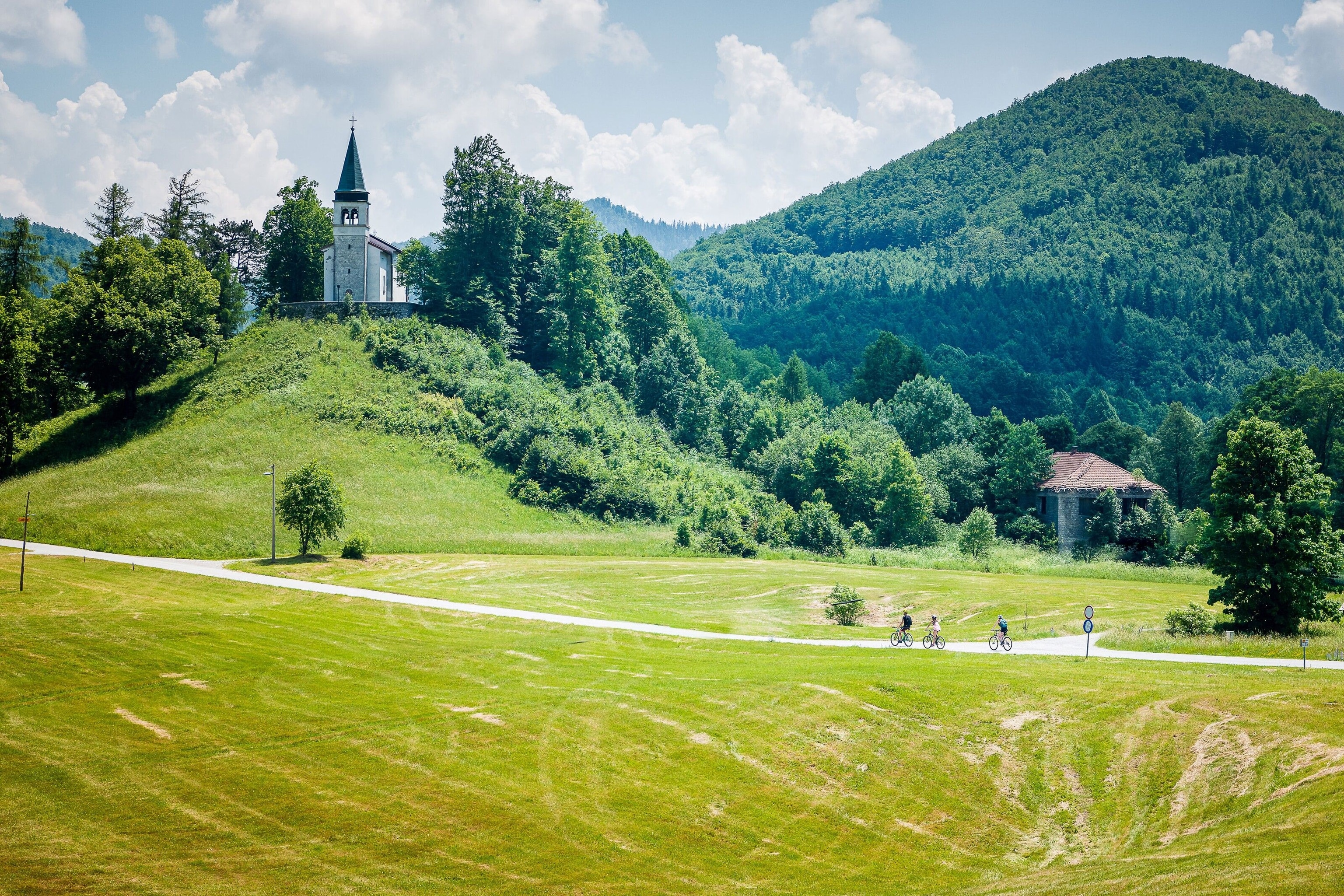
How to spend five days in Slovenia's Vipava Valley
Whether it’s Michelin-starred food, top-quality wineries or hiking routes backdropped by majestic mountains, this Slovenian region makes for an ideal road trip.
The Vipava Valley stretches across the southwest corner of Slovenia, sandwiched between the lush Trnovo Forest Plateau and the rocky plateau of the Karst region. It’s blessed with good soil and a perfect climate for winemaking, with a patchwork of vineyards studded with small historic towns and castles, all of which are endlessly rewarding places to explore and while away time. For those who prefer something a bit more active, the region’s surrounding mountains are crisscrossed by superb hiking trails for all capabilities, passing through numerous mountains (some of which are roughly 1000m high), hills, springs and forests. There’s a reason locals nickname it Paradise Valley — boutique, authentic and effortlessly charming, it’s all that’s best about Slovenia (and there’s an awful lot to like) distilled into one place.
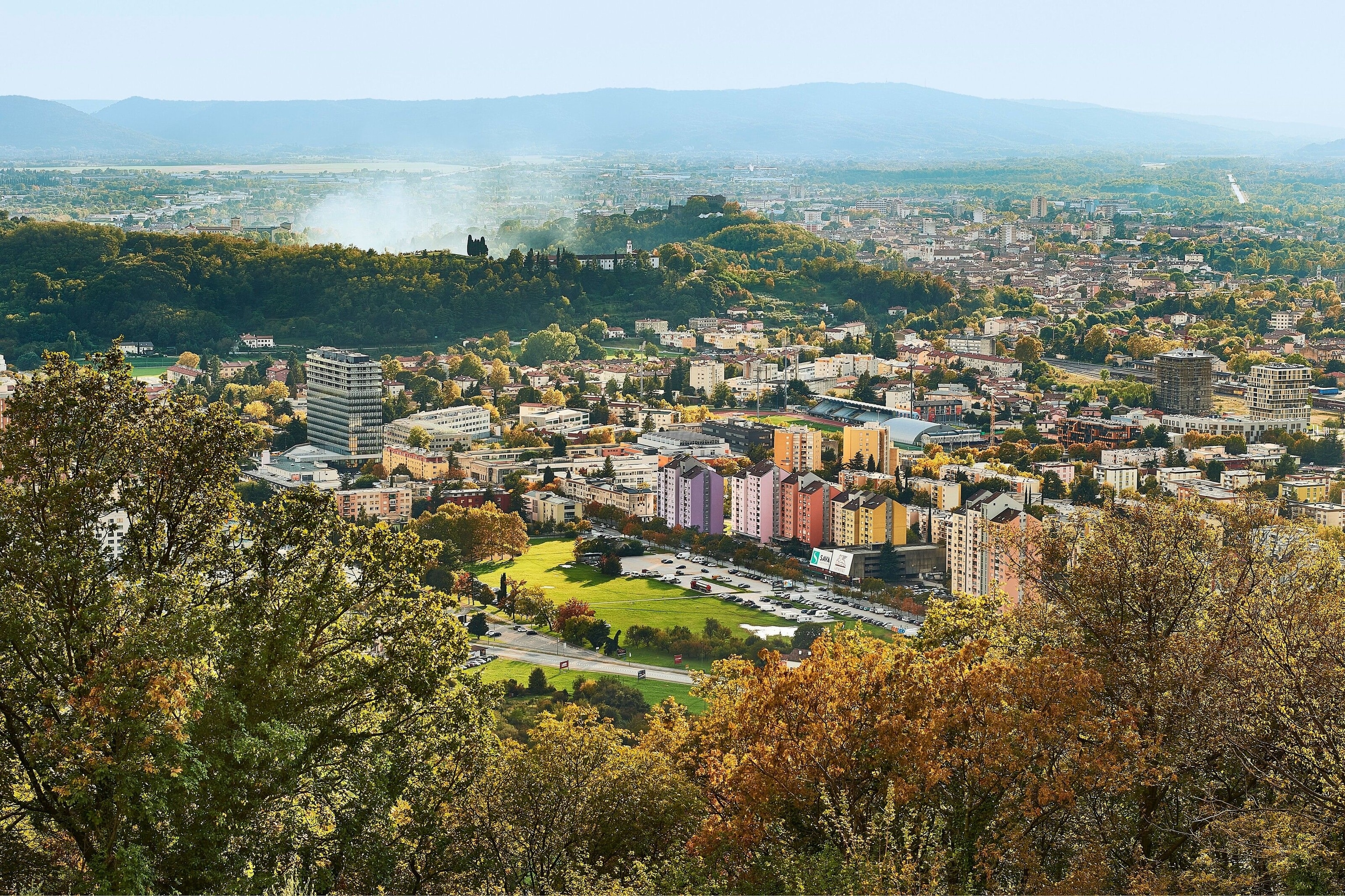
Day one: Get to know Nova Gorica
The gateway to the Vipava Valley is the town of Nova Gorica, close to the River Soča and at one end of the railway line from Ljubljana. Nova Gorica will be a European Capital of Culture in 2025, and there are ambitious plans underway to transform this town, well off the radar of most overseas visitors, into a destination in itself. It’s already emerged as a gastro hotspot, thanks to restaurants including the excellent Dam. The central premise of Nova Gorica’s Capital of Culture bid was the vision of a cross-border city, with Nova Gorica and Gorizia in Italy united by their shared history, friendships and culture, despite their separation by political boundaries. Spend the day walking around leafy parks, admiring postwar architecture and dipping into one of the charming bars and restaurants for dinner or to sample the region’s much-loved wine.
(How to spend five days in Slovenia's Vipava Valley)
Day two: Hike to the Trnovo Forest Plateau
From Nova Gorica, head down the Vipava Valley and base yourself either in the town of Ajdovščina or the tiny village of Vipavski Križ, a cluster of stone houses wrapped within medieval walls. One of the best things about the Vipava Valley is just how easy it is to combine the best outdoor activities — be it hiking, cycling, rock climbing or paragliding — with enjoying great food, wine and culture.
Some of the best hikes are on the Trnovo Forest Plateau, high above the northern edge of the valley. Try the hike to Otliško okno — a natural rock window, 40ft high and shaped like a giant teardrop that frames a view of the valley below. A well-marked trail leads up from Ajdovščina; allow around 90 minutes to hike to the window, from where you can continue to Penzion Sinji Vrh, a fantastic spot to stop for lunch. Another great area for hiking is Nanos. The classic route to Nanos has two variants — one easy, the other steeper and more difficult, involving some scrambling with the aid of fixed steel cables and a good head for heights. Either way, allow two hours to reach the top.
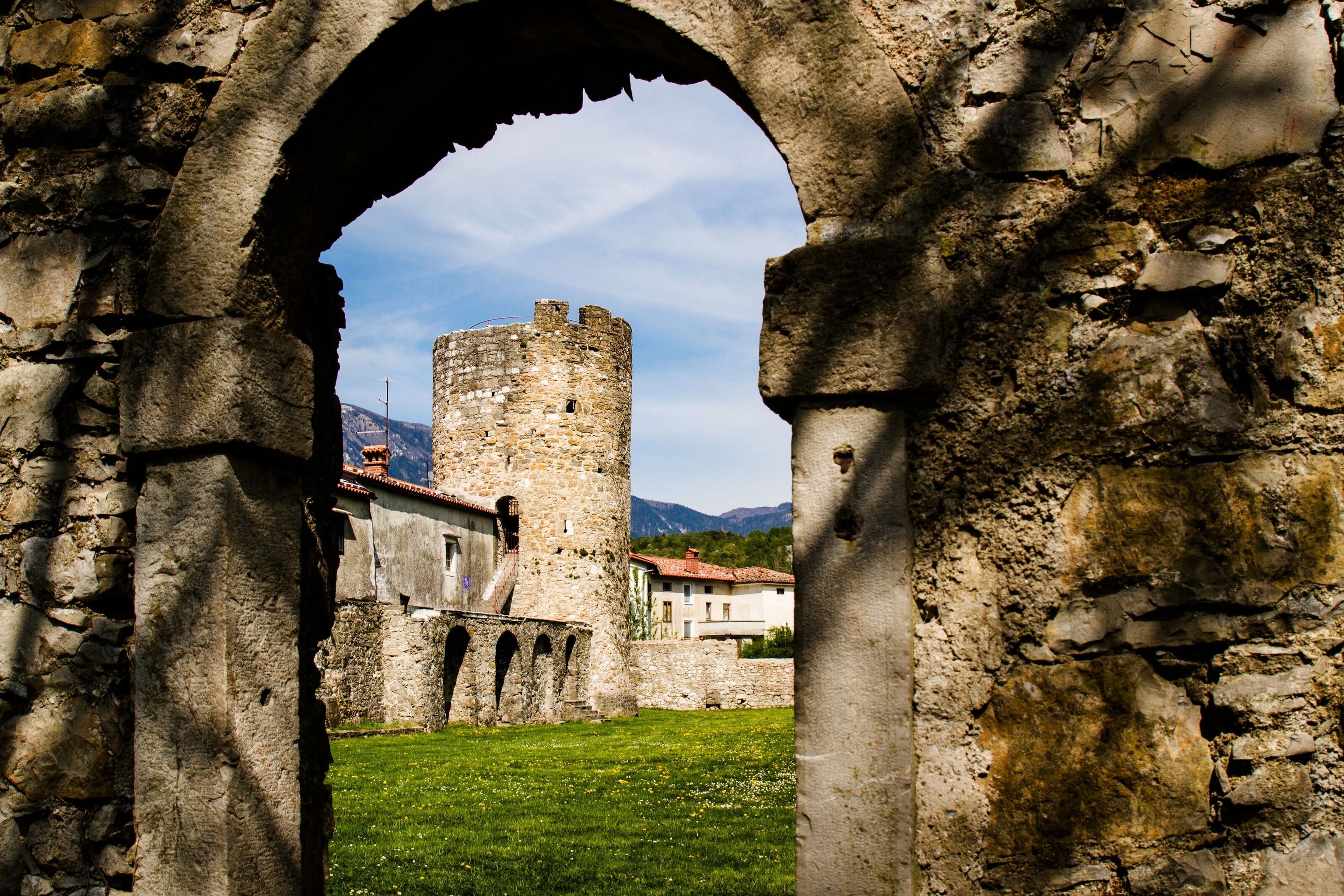
Days three and four: Tuck into food and sip wine
You simply cannot visit the Vipava Valley without trying some of its brilliant wines. Malvazija and Rebula are the two main grape varieties here, but make sure you try wines from one or two of the less common indigenous varieties, such as Zelen and Pinela. Increasingly, you’ll find some wonderful field blends and orange wines crammed with character. Enjoy tastings at some of the valley’s top vineyards, such as Burja, Lepa Vida, Sutor, Tilia and Urban Petrič. You could join a wine tour, or, for a more in-depth introduction, hop on the specially commissioned Wine Train — a five-hour journey providing the opportunity to meet local winemakers in person and stop for tastings and tours along the way.
And then there’s the food. There’s a huge emphasis on championing locally sourced, often organic and seasonal ingredients in the Vipava Valley. Think fruit and vegetables grown in a restaurant’s own gardens and orchards; livestock reared on neighbouring farms; fresh fish from the nearby Adriatic and mountain streams; and berries and mushrooms foraged in local forests. Don’t miss dining at the Michelin-starred Gostilna Pri Lojzetu — one of the finest restaurants anywhere in Slovenia, housed in a beautifully restored 17th-century hilltop mansion. The tasting menu is delicious, with head chef Tomaž Kavčič creating a succession of inventive dishes that have a playful, deconstructionist twist, in an atmosphere that remains wonderfully warm and relaxed.
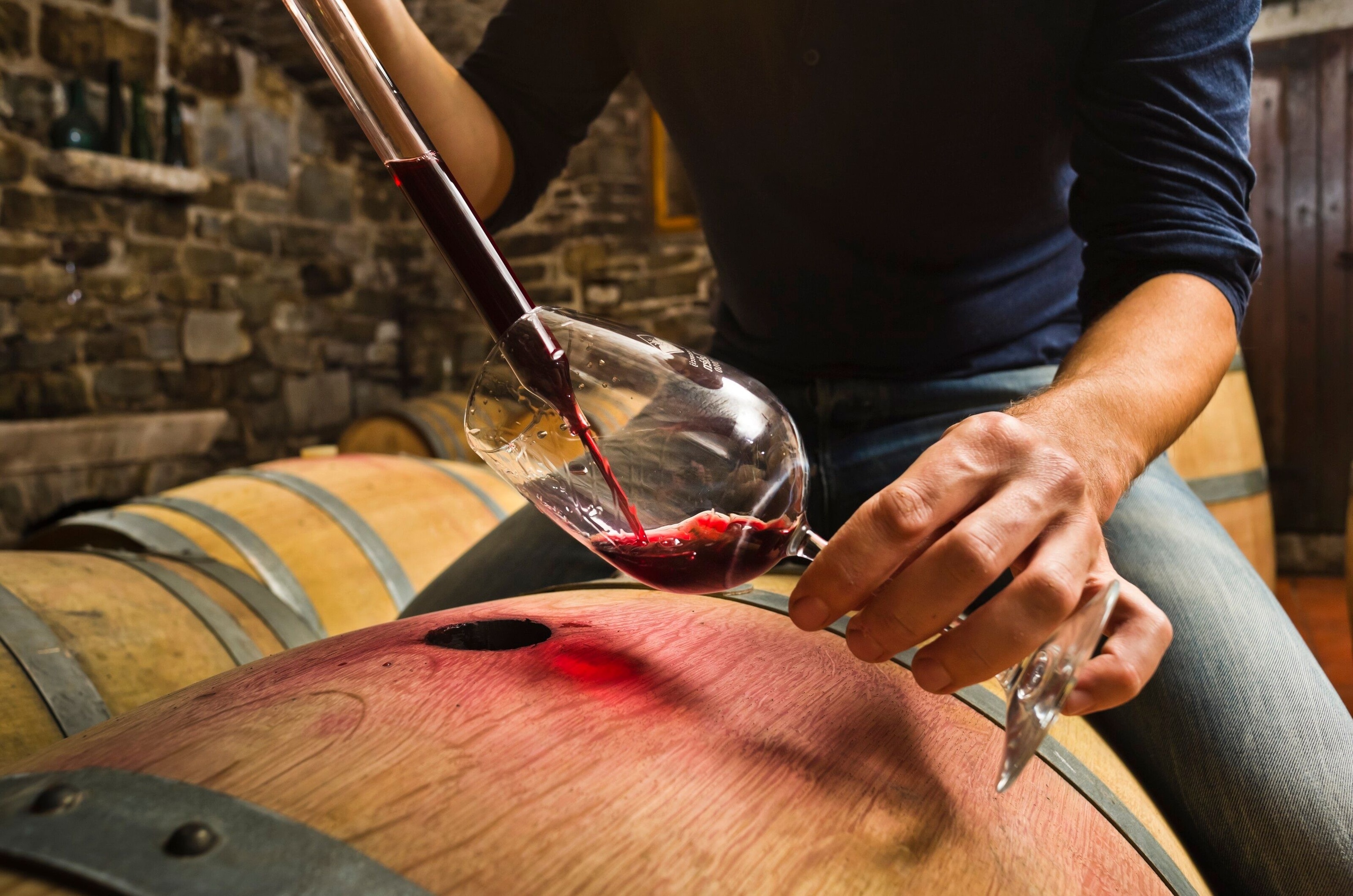
Day five: Cycle to Vipava and Ajdovščina
The best way to explore the towns, villages and vineyards along the Vipava Valley is on two wheels — distances are moderate and traffic is minimal on minor roads. Rent bikes or ebikes and head off on a tour of the valley, taking in the towns of Vipava and Ajdovščina. Vipava is built on the only delta-shaped riverhead in Europe, where the River Vipava gushes out of the ground from multiple karst springs, below the Nanos hills. Beyond all the water channels and bridges that span them, the town has a stately, tree-lined square, while, in the cemetery, you’ll find a pair of Ancient Egyptian sarcophagi, sent back from North Africa in the 19th century by a Vipava-born Habsburg consul. Ajdovščina was the site of a Roman military fort, built on the Roman road that ran through the valley, and several parts of the old walls and towers remain intact. However, the star of the show in Ajdovščina is the excellent Pilon Gallery, home to an outstanding collection of works by Veno Pilon, the greatest Slovenian artist of the 20th century.
To find out more, visit vipavskadolina.si
Subscribe to our newsletter and follow us on social media:
